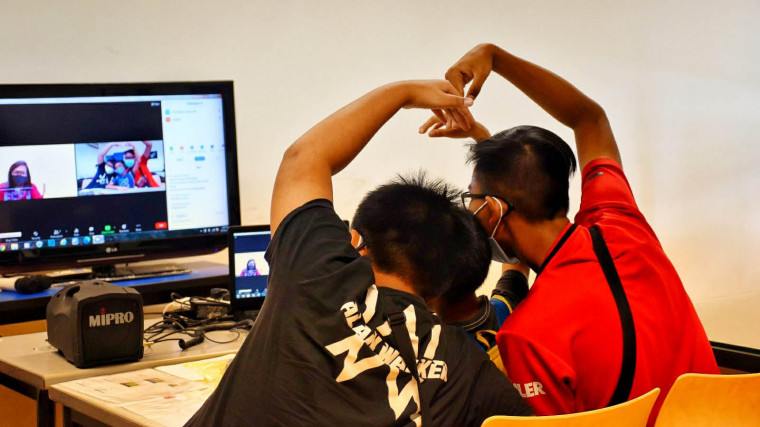I was in my first year of law practice in 1973 when 19-year-old Jim (not his real name) was referred to me for pro bono work.
He was charged with armed robbery. Remorseful, he confessed and pleaded guilty. He deserved incarceration, but thankfully, the judge gave heed to my mitigation plea and gave him a second chance.
Sentenced to a year’s probation, Jim turned over a new leaf, promised his mother that he would change for the better, returned to school to complete his O levels, served his national service, started working in a retail business, got married and successfully reinvented himself.
The next time he sought my legal service 25 years later, he was a successful businessman supporting the employment of former offenders.
Believing in second chances
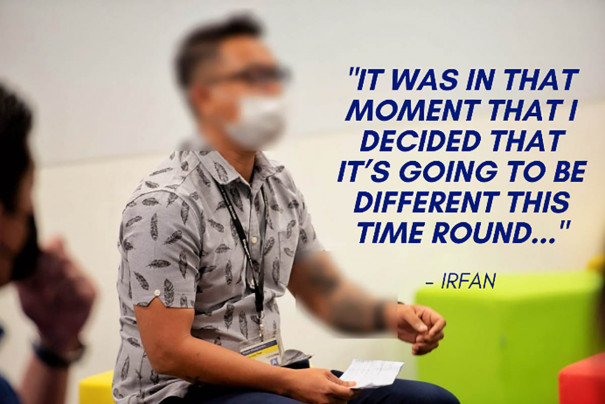
There are four main reasons why a society sends a criminal to jail – retribution for wrongful behaviour, removal of the criminal from the environment, deterring future illegal acts, and rehabilitating the offender.
Unfortunately, in many cases, rehabilitation often gets the least attention. But it often has the biggest payoff.
We often forget that incarceration affects not just the offender but also has a profound effect on others – on his family, and especially his children, who have to deal with feelings of shame, social stigma, loss of financial support and weakened ties, which can lead to poor school performance, increased delinquency, and increased risk of abuse or neglect.
Giving offenders second chances is one way to stop the vicious circle of intergenerational criminal behaviour.
I am pleased to see that this belief in second chances is evident at the highest levels of our government. Last December, Manpower Minister Josephine Teo said employers hiring former offenders will receive more government support through the Jobs Growth Incentive scheme.
Last month, Minister of State for Home Affairs Muhammad Faishal Ibrahim outlined in Parliament the programmes and care networks that have been set up to help offenders maintain and strengthen family ties.
Other stories you might like
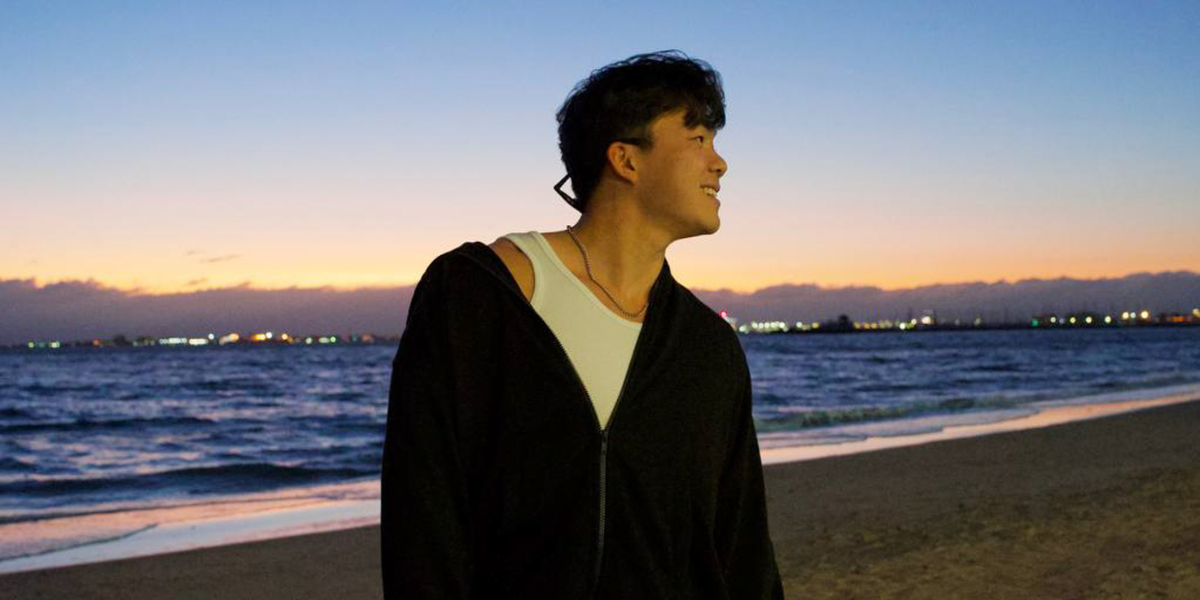





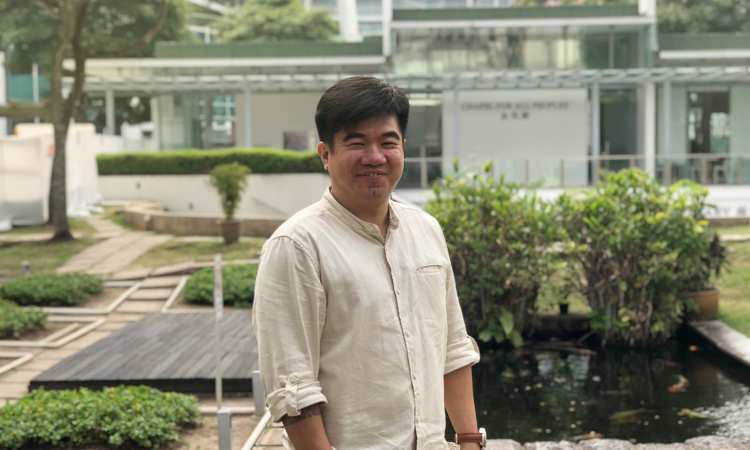

Earlier this month, the Singapore Prison Service said there were a record 3,426 offenders placed on community corrections last year, a 42 per cent increase from the year before.
Suitable offenders are allowed to serve the tail end of their sentence in community-based programmes, mandatory aftercare and community-based sentences, with conditions such as electronic tagging and regular reporting to a reintegration officer. This approach reduces their risk of reoffending, said the prison service.
Giving people a second chance is not just about giving them a job or helping them stay out of prison. It is about believing in them and building a relationship of continuing support where trust, forgiveness and reconciliation are in abundance.
In this regard, the Singapore Prison Service has presided over a paradigm shift from a punitive to a more restorative approach in the work of rehabilitation. Its assistant commissioner Benjamin Chia told me that the organisation has realised the importance of human relationship in the work of rehabilitation.
He said: “We now seek to restore broken relationships caused by crime. When there is reconciliation to family and community, the offenders’ reintegration into society is no longer a lonely journey but is supported by people who give them a second chance.”
More restorative approach

In the past, rules were enforced without explanation, and accountability was reinforced with punishment. This process resulted in a lack of opportunity for remorse and making amends when wrongdoing occurred. The outcome is a demand for compliance through fear of consequences.
Now, the Singapore Prison Service takes a more enlightened, restorative approach focused on relationship building. It recognises that violating rules hurts the community and breaks the relationships within it. Discipline is no longer about enforcement of rules without explanation – it is about engagement, and building expectations through that relationship.
Hence, holding offenders accountable is not just about punishment or retribution; it is also about helping them understand the impact of their misdeeds and the need to repair the harm. The rehabilitation process must therefore give them the opportunity to express remorse and make amends. The outcome is not compliance due to fear, but about commitment to change through positive relationships.
The key to understanding this is to realise that all offending is, at its core, the breaking of relationships within a community: between offenders and victims; between the offenders and the larger community, through the smashing of social mores; and, often forgotten, the family of the offenders themselves, as they have to deal with the societal fallout of being related to an offender.
That’s the theory.
Review, Resolve, Restore
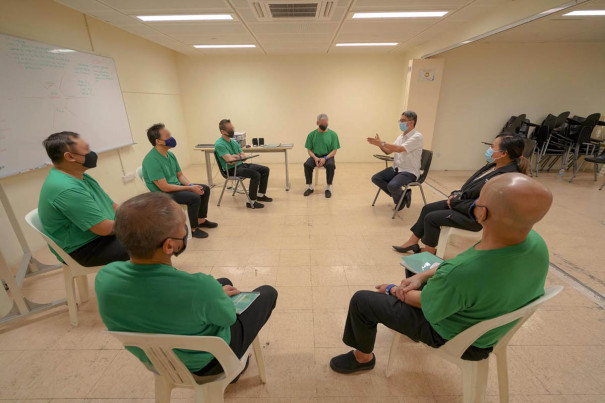
In practice, restorative justice starts with review – orientation briefings, cohort meetings, project work and joint family sessions. Through validation systems like victim empathy programmes, offenders are given structured opportunities to be made aware of the relationships they have broken.
Next, a systematic resolve to rebuild relationships is made. Here, specific conflicts are identified and targeted conflict resolution can begin to take place through chats in safe circles.
Finally, a restoration of relationships is possible. At this level, intensive intervention through restorative conferences and individual intervention is implemented.
During the Christmas season, the Angel Tree Project by the Christian welfare organisation Prison Fellowship Singapore is an example of the powerful cascading effect on inmates, families and volunteers. Inmates pen personal notes – often an apology and always heartfelt – which are then personally delivered with hampers of donated items to their families.
After this first step towards reconciliation, the next one involves linking the inmates to their families, with the volunteers playing a mediating role. Upon their release, reconciliation and acceptance often take place, and the volunteers continue their good work in walking the journey with them.
Simple acts, lasting effects
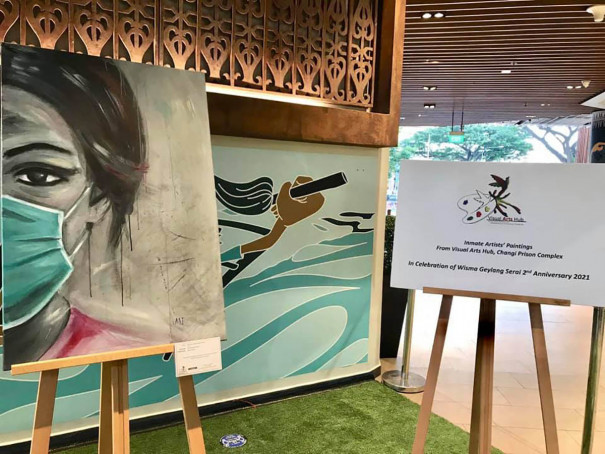
The Singapore Prison Service has embarked on the simple act of organising family programmes for inmates which include tips on parenting, reading to kids and Children’s Day activities.
Prison Fellowship Singapore executive director Chua Kok Wan said his organisation conducts 90 sessions of in-care ministries a week for about 1,100 inmates with the help of 300 volunteers, a third of whom are former offenders themselves.
“We all know crime causes harm. However, justice should focus not just on the punishment or sentence, but on repairing that harm. Restorative justice gives victims a voice, to hold their offenders accountable for what they have done and take responsibility to make restoration.”
Besides Prison Fellowship Singapore, other religious groups such as the Sikh Welfare Council, Singapore Buddhist Federation, Singapore Kadayanallur Muslim League and The Hindu Centre are also conducting similar reconciliation programmes.
Singapore needs to build a culture of second chances. Every former offender is a potential contributor of good to society and must be given a second chance by the community accepting them, building positive relationships with them, and helping them reconcile with victims and their families.
That this reconciliation leads to rehabilitation and restoration is the true measure of criminal justice.
This article was first published in The Straits Times.
If you like what you read, follow us on Twitter and Google News to get the latest updates.
